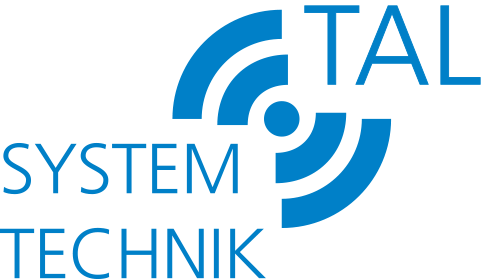Drones, also known as unmanned aerial vehicles (UAVs), have emerged as an innovative and efficient tool for environmental monitoring. With their ability to capture high-resolution images and collect real-time data, drones have transformed the way we monitor and manage our environment. In this article, we will explore the benefits of using drones for environmental monitoring and discuss how they can contribute to the conservation and sustainability efforts.
One of the key advantages of using drones for environmental monitoring is their ability to access and survey areas that are otherwise difficult or dangerous to reach. Traditional methods of monitoring often require human presence, which can be limited by physical barriers or hazardous conditions. However, drones equipped with advanced sensors and cameras can navigate through rugged terrain, dense forests, and even inhospitable environments, providing valuable information without risking human safety. This capability allows researchers and environmentalists to gather data from remote and inaccessible regions, greatly expanding our understanding of these areas and their ecological significance.
Moreover, drones can cover larger areas in a shorter time frame compared to traditional monitoring methods. Equipped with autopilot programs, drones can fly pre-set routes or scan designated regions, enabling rapid data collection and analysis. This efficiency not only saves time but also reduces costs associated with manual labor and transportation. For instance, in the field of wildlife conservation, drones are used to monitor animal populations, track migration patterns, and detect illegal activities such as poaching. By covering vast areas quickly, drones enable conservationists to identify potential threats and take appropriate action to protect endangered species and their habitats.
Another advantage of using drones for environmental monitoring is their ability to capture high-resolution imagery and generate detailed maps. With advancements in camera technology, drones can capture images with precision and clarity, providing valuable visual data for analysis. For example, by using aerial imagery, researchers can detect changes in vegetation cover, monitor erosion patterns, identify invasive plant species, and assess the impact of natural disasters. This information can directly contribute to developing effective land management strategies, evaluating environmental restoration efforts, and predicting future environmental changes.
In the context of konfektion dämmstoffe, or customized insulation materials, drones can be particularly useful for monitoring and evaluating insulation quality. Drones equipped with thermal imaging cameras can easily identify areas of heat loss or inadequate insulation, helping to optimize energy efficiency and reduce environmental impacts. By quickly assessing insulation performance, building owners or energy auditors can detect potential issues and implement necessary improvements, resulting in energy savings and reduced carbon emissions.
In conclusion, drones have revolutionized environmental monitoring by providing a safe, efficient, and cost-effective method for data collection. From assessing wildlife populations to monitoring vegetation patterns and evaluating insulation quality, drones have proven to be an invaluable tool for environmentalists and researchers. By harnessing the power of this technology, we can gain a deeper understanding of our environment, make informed decisions, and contribute to a more sustainable future.
************
Want to get more details?
TAL Systemtechnik GmbH
https://www.tal-systemtechnik.de/
+49 7731 68405
Byk-Gulden-Straße 36, 78224 Singen
TAL Systemtechnik GmbH – Wir produzieren und liefern Ihnen konfektionierte Dämmstoffe nach Maß, Akustische Dämmung zur Schallisolierung, den TL flexibler Abgasschlauch hitzebeständig und diverse Schallschutzvorhänge für die Industrie.

